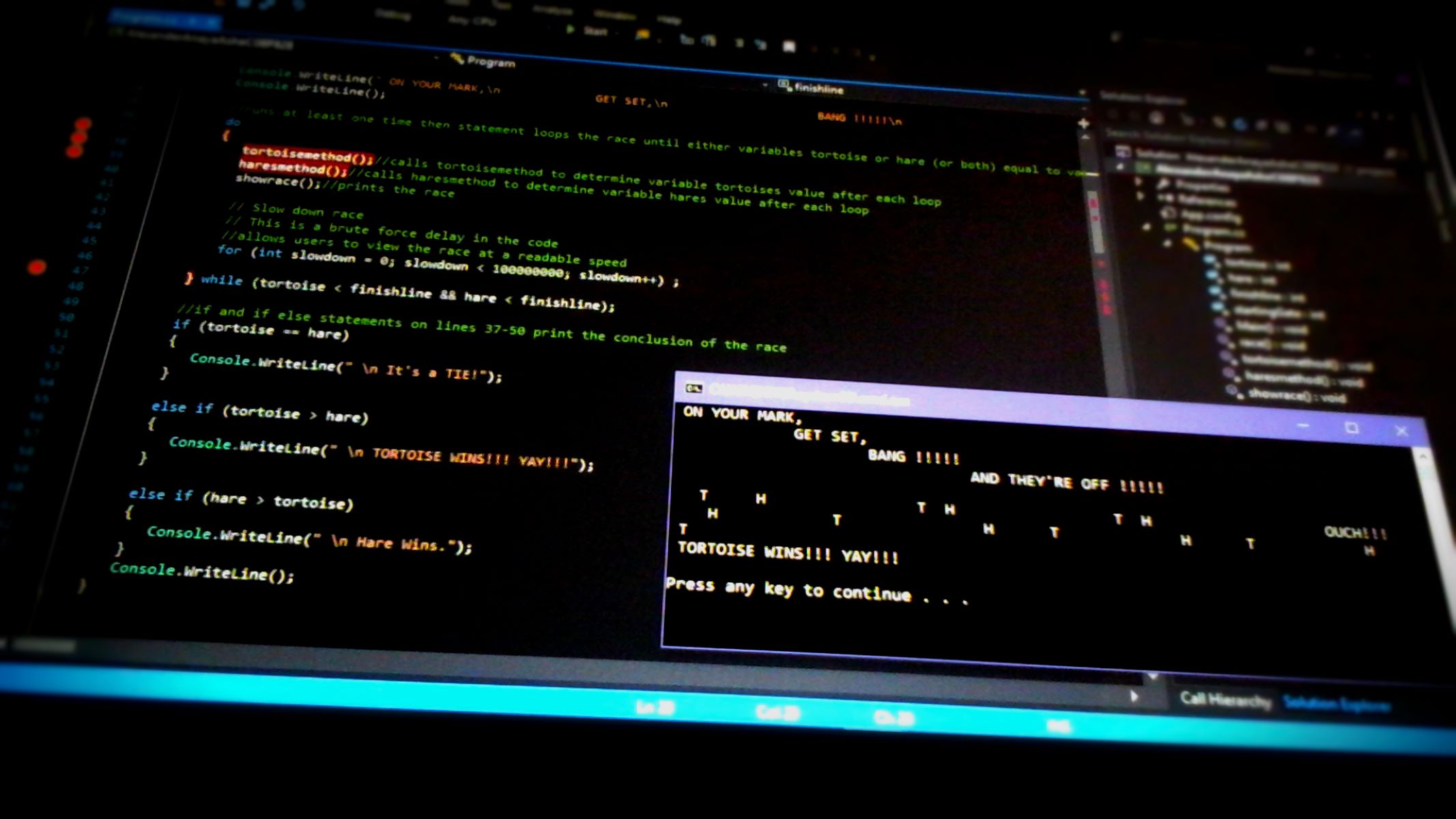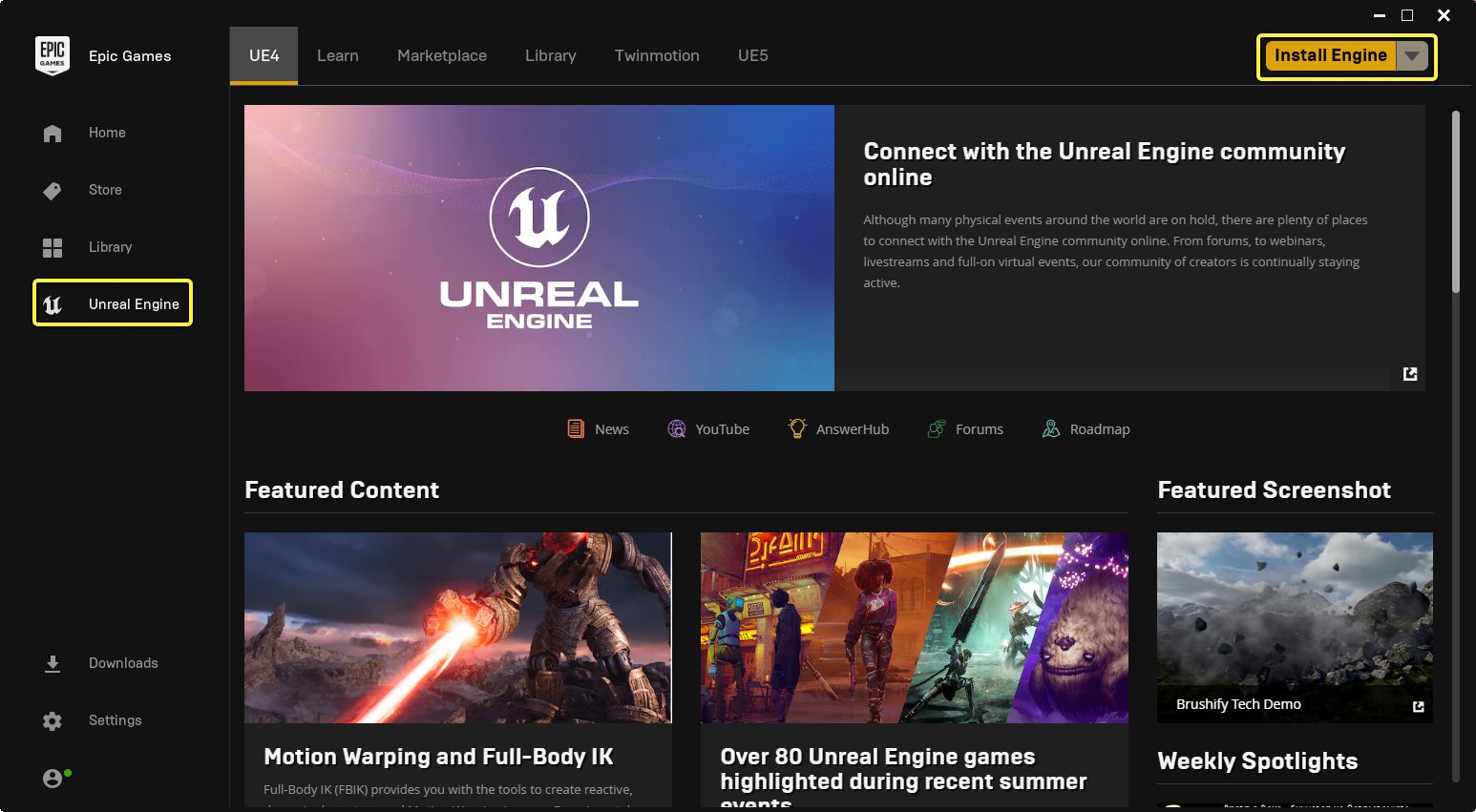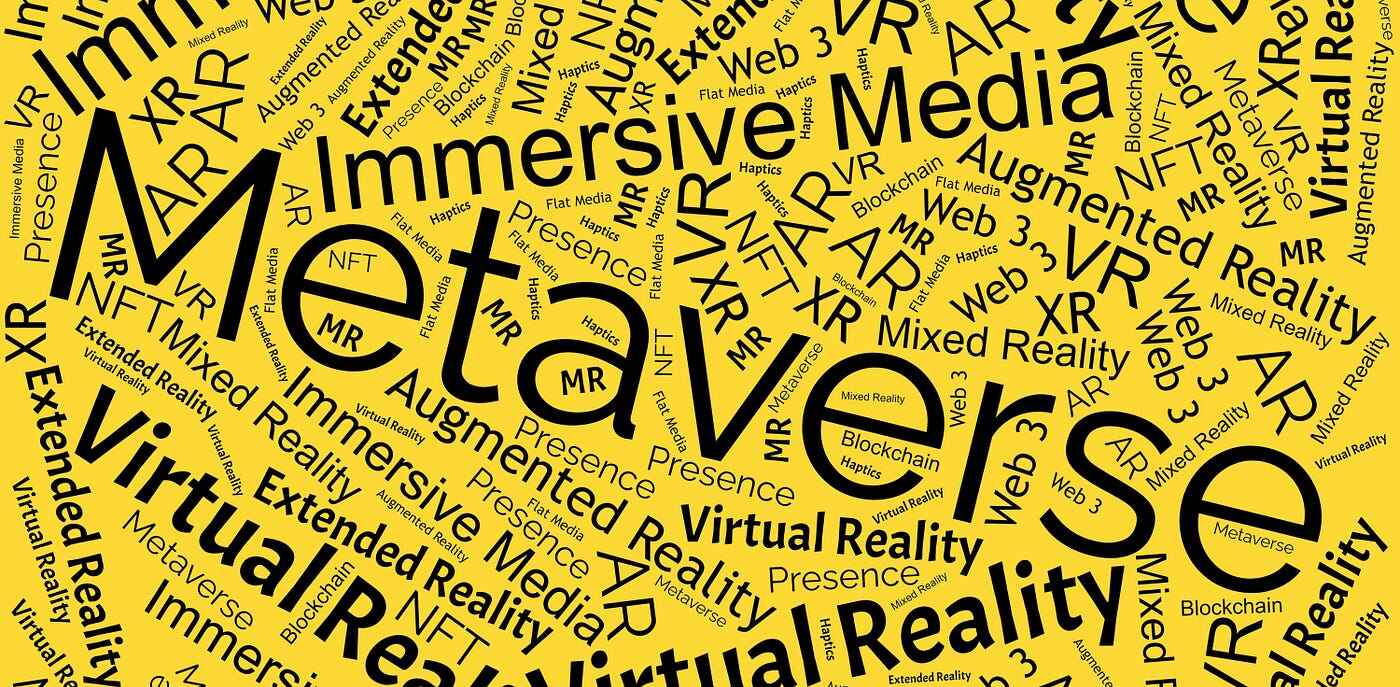Introduction
Welcome to the world of game development! If you’ve ever had the dream of creating your own immersive gaming experience, you’ve likely come across the term “Unreal Engine.” Unreal Engine is a powerful and widely used game engine developed by Epic Games, known for its stunning visuals, robust functionality, and ease of use.
As an aspiring game developer or someone interested in the technical aspects of game development, you may be curious about the coding language used in Unreal Engine. In this article, we will delve into the programming languages that power Unreal Engine and explore their roles in bringing virtual worlds to life.
Understanding the coding languages used in Unreal Engine is essential for anyone looking to dive into game development. Whether you are a seasoned programmer or just starting your coding journey, having a grasp on these languages will greatly assist you in leveraging the power of Unreal Engine to create captivating games.
So, let’s jump right in and discover the coding languages that drive Unreal Engine! From the widely acclaimed C++ to the visual scripting of Blueprints and a now deprecated language called UnrealScript, we’ll explore the unique abilities and purposes of each language. By the end of this article, you’ll have a comprehensive understanding of the programming languages behind Unreal Engine and their significance in game development.
Unreal Engine Overview
Before diving into the programming languages used in Unreal Engine, let’s first get a brief overview of what Unreal Engine is all about. Unreal Engine is a popular game engine developed by Epic Games. It provides a comprehensive set of tools and functionalities to create high-quality and visually impressive games for various platforms, including PC, console, mobile, and virtual reality.
Unreal Engine enables developers to work on both 2D and 3D games, offering a wide range of features such as realistic physics, advanced visual effects, efficient pathfinding, and powerful animation tools. With an intuitive interface and a vast library of pre-built assets, Unreal Engine empowers developers to bring their creative visions to life with ease.
One of the standout features of Unreal Engine is its emphasis on real-time rendering. With its cutting-edge graphics capabilities, Unreal Engine allows for stunning visuals and immersive environments. Developers can utilize dynamic lighting, high-resolution textures, and realistic materials to create lifelike scenes that captivate players.
Furthermore, Unreal Engine offers a robust multiplayer framework that simplifies the implementation of multiplayer functionality in games. It supports both local and online multiplayer, allowing developers to create engaging cooperative or competitive experiences for players to enjoy.
Additionally, Unreal Engine provides a wealth of resources and a thriving community of developers. From online forums and tutorials to official documentation and sample projects, developers can leverage these resources to learn and enhance their skills in using Unreal Engine.
Overall, Unreal Engine is a versatile and powerful game engine that empowers developers to create stunning and immersive games. Its comprehensive feature set, real-time rendering capabilities, and intuitive interface make it a preferred choice for both indie developers and major studios alike.
Programming Languages Used in Unreal Engine
Unreal Engine utilizes several programming languages to give developers flexibility and control when creating games. Let’s explore the primary languages used in Unreal Engine:
-
C++:
C++ is the primary coding language used in Unreal Engine. It is a powerful and efficient programming language that offers low-level control over hardware and memory. Many core systems and engine features are implemented in C++, making it the go-to language for performance-critical tasks.
Using C++, developers can create gameplay mechanics, AI systems, physics simulations, and more. Unreal Engine provides a rich API and extensive documentation for C++, empowering developers to harness the full potential of the engine.
-
Blueprint Visual Scripting:
Blueprint Visual Scripting is a unique feature of Unreal Engine that allows developers to create game logic and interactions using a visual scripting system. It provides a node-based interface where developers can connect pre-built nodes to define behavior and functionality.
While not a traditional programming language, Blueprint Visual Scripting enables non-programmers to create complex systems easily. It offers a user-friendly approach to prototyping and iterating on game ideas without writing code.
-
UnrealScript (deprecated):
UnrealScript was the original scripting language used in older versions of Unreal Engine. It was a high-level language based on the syntax of Java and C++, specifically tailored for modifying and extending Unreal Engine’s functionality.
However, UnrealScript has been deprecated since Unreal Engine 4, and Blueprint Visual Scripting and C++ are recommended for current and future projects.
These programming languages in Unreal Engine provide flexibility for developers with different skillsets and preferences. C++ offers high performance and low-level access, while Blueprint Visual Scripting empowers non-programmers to create gameplay systems. Whether you are a seasoned coder or just starting your journey into game development, Unreal Engine has a programming language suited to your needs.
C++
C++ is the backbone of Unreal Engine’s programming language. It is a powerful and widely used language known for its performance, versatility, and low-level access to hardware resources. With C++, developers have full control over the engine’s functionalities, allowing them to create complex gameplay mechanics, optimize performance, and implement custom features.
Through C++, developers can leverage Unreal Engine’s comprehensive API to manipulate the engine’s core systems. This includes everything from handling input and rendering graphics to managing physics interactions and audio playback. The extensive documentation and community support for C++ in Unreal Engine make it easier for developers to learn and utilize the language effectively.
Moreover, C++ provides developers with the ability to create reusable code in the form of classes and libraries. This promotes modular and organized programming, making it easier to maintain and expand game projects. Additionally, the Object-Oriented Programming (OOP) features of C++, such as inheritance and polymorphism, enable developers to create clean and efficient code structures.
One of the significant advantages of using C++ in Unreal Engine is the ability to optimize game performance. C++ allows developers to write code that maximizes efficiency and minimizes resource usage. This is crucial for creating smooth gameplay experiences, especially in complex and demanding scenes.
While C++ offers unparalleled power and control, it can also be challenging to master for beginners. Its syntax and concepts can be intimidating at first. However, with the abundant resources and support available, developers can gradually become proficient in C++, unlocking the full potential of Unreal Engine.
Overall, C++ is the primary programming language used in Unreal Engine, providing developers with the flexibility, performance, and control necessary to create high-quality games. Whether you are creating a small indie project or a large-scale production, mastering C++ will empower you to bring your creative visions to life with Unreal Engine.
Blueprint Visual Scripting
Blueprint Visual Scripting is a unique feature of Unreal Engine that allows developers to create game logic and interactions using a visual scripting system. It provides a node-based interface where developers can connect pre-built nodes to define behavior and functionality without writing traditional lines of code.
Blueprint Visual Scripting is designed to be accessible to both programmers and non-programmers alike. It offers a user-friendly way to prototype, iterate, and create gameplay systems without the need for deep coding knowledge. This makes it an excellent tool for game designers, artists, and hobbyists who may not be proficient in traditional programming languages.
With Blueprint Visual Scripting, developers can easily create and modify gameplay mechanics, character behaviors, AI routines, level events, and more. The visual interface allows for the quick visualization of complex systems, making it easier to understand and debug logic.
One of the significant advantages of Blueprint Visual Scripting is its versatility and flexibility. Developers can combine visual scripting with C++ code seamlessly, allowing for a hybrid approach to development. This means that developers can use Blueprint Visual Scripting for higher-level logic and prototyping, while using C++ for performance-critical tasks or creating custom engine features.
Another benefit of Blueprint Visual Scripting is its rapid iteration capabilities. With its visual nature, changes to your game logic can be made and tested quickly, allowing for swift iterations and improvements. This accelerates the development process, making it ideal for projects with tight deadlines or where flexibility and experimentation are essential.
While Blueprint Visual Scripting is a powerful tool, it does have certain limitations. Highly complex or performance-intensive systems may still require traditional coding in C++. Furthermore, developers with a strong programming background might find it more efficient to use C++ directly for certain tasks.
However, Blueprint Visual Scripting remains a valuable asset in Unreal Engine, with its accessibility and ease of use attracting a wide range of developers to create compelling games and interactive experiences.
UnrealScript (deprecated)
UnrealScript was the scripting language used in older versions of Unreal Engine. It was a high-level language designed specifically for modifying and extending Unreal Engine’s functionality. However, UnrealScript has been deprecated since Unreal Engine 4, and its usage is no longer recommended for current and future projects.
Prior to its deprecation, UnrealScript was the primary scripting language in Unreal Engine, offering a simpler syntax and higher-level abstractions compared to C++. It allowed developers to define game logic, create custom classes, and extend engine functionality through scripted events and functions.
UnrealScript had its advantages. It provided a more approachable entry point for newcomers to game development, as it had a lower learning curve compared to C++. It also facilitated rapid prototyping and iteration, allowing developers to quickly test and tweak game mechanics without the need for complex coding.
However, the decision to deprecate UnrealScript was made to streamline the development process and improve performance within Unreal Engine. Unreal Engine 4 introduced Blueprint Visual Scripting as a more user-friendly alternative to UnrealScript. Blueprint Visual Scripting provides a visual node-based interface that allows developers to create gameplay systems without writing code.
By deprecating UnrealScript, Epic Games consolidated their scripting efforts onto a more unified and efficient platform. This decision allowed for a more cohesive and streamlined development experience for game creators working with Unreal Engine.
For developers who were familiar with UnrealScript, transitioning to Blueprint Visual Scripting or C++ may be necessary when working with newer versions of Unreal Engine. Fortunately, Epic Games provides migration guides and resources to assist developers in this transition.
While UnrealScript may no longer be actively supported, its legacy still lives on in older projects developed with earlier versions of Unreal Engine. For developers looking to work on or maintain projects utilizing UnrealScript, it will be important to refer to the documentation and resources provided by Epic Games specific to Unreal Engine version compatibility.
Conclusion
Understanding the programming languages used in Unreal Engine is crucial for game developers looking to harness the full potential of this powerful game engine. In this article, we explored the primary languages utilized in Unreal Engine: C++, Blueprint Visual Scripting, and the now deprecated UnrealScript.
C++ serves as the backbone of Unreal Engine, providing developers with the flexibility, performance, and control necessary to create complex game mechanics and optimize performance. With its extensive API and documentation, developers can leverage the full power of Unreal Engine’s core systems.
Blueprint Visual Scripting offers a visual and user-friendly way for developers, including non-programmers, to create game logic and interactions. It enables rapid prototyping, iteration, and the ability to combine visual scripting with C++ code for a hybrid approach to development.
While UnrealScript has been deprecated, it played a significant role in earlier versions of Unreal Engine, offering a simpler and higher-level scripting language compared to C++. Developers with legacy projects may still encounter UnrealScript code and should reference Epic Games’ migration guides and resources for transitioning to newer scripting options.
Regardless of the programming language used, Unreal Engine stands as a versatile and powerful game engine that empowers developers to bring their creative visions to life. It offers a comprehensive set of tools, a thriving community, and an abundance of resources to fuel game development projects of all scales.
Whichever path you choose – whether diving into C++, mastering Blueprint Visual Scripting, or working with legacy UnrealScript projects – Unreal Engine provides a wealth of opportunities for game developers to create captivating and immersive experiences.
So, embrace the languages of Unreal Engine and immerse yourself in the exciting world of game development!

























